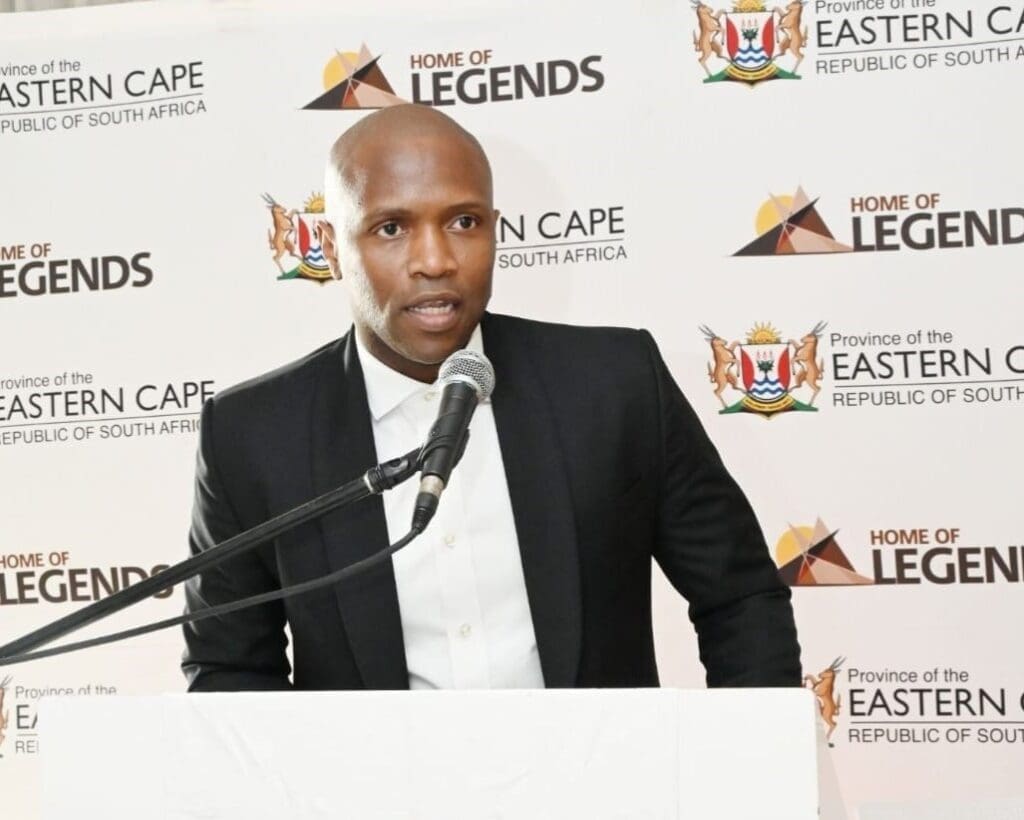Let’s face it: WhatsApp has become the unofficial national archive of South Africa. From birthday wishes to business deals, from gossip to government scandals, if it’s not on WhatsApp, did it even happen?
But as our thumbs tap away, crafting messages, sending voice notes, and sprinkling emojis like confetti, a curious legal question arises: Can your WhatsApp messages land you in court or save you from it?
Gone are the days when evidence was all about dusty files, coffee-stained contracts, and witnesses who “don’t recall.” Today, it’s about screenshots, voice notes, and that one message you sent at 02h03 that you didn’t mean to send. South African courts, ever the pragmatic bunch, have increasingly accepted WhatsApp messages as corroborative evidence.
Yes, your “LOL” and “I’m on my way” texts could now be part of a legal proceeding. The Electronic Communications and Transactions Act (ECTA) and the Law of Evidence are the guiding stars here, ensuring that digital communications aren’t just admissible, they’re scrutinised like a hawk eyeing a suspicious chicken.
Here’s the kicker, just because a message came from your number doesn’t mean you sent it. Phones get stolen, hacked, or borrowed by mischievous cousins.
So, courts require authentication, proof that the message is genuinely from the alleged sender. Think of it as the legal version of “Are you sure you want to send this?”
Then there’s integrity – has the message been altered? Screenshots can be edited, voice notes can be spliced, and emojis… well, emojis are a whole other story. Let’s talk about emojis. Those tiny pictograms that say so much with so little.
A simple “ ” could mean flirtation, sarcasm, or just a twitchy thumb. In the recent inquiry into Eastern Cape Judge President Selby Mbenenge, emojis were part of the evidence. Yes, we’ve reached the point where courts are interpreting smiley faces. But how do you interpret an emoji in a legal context? South African courts lean on purposive interpretation; they look at the broader context and intent.
So, if a message says “I’ll see you tonight ,” the court won’t just ask what the wink means; it’ll ask what the whole message implies. Still, it’s a slippery slope. What if the sender claims the wink was just… friendly? Or ironic?
Or a typo?
Digital evidence also raises thorny questions about privacy. WhatsApp is end-to-end encrypted, meaning only the sender and receiver should see the messages. But what happens when screenshots are shared with third parties or used in court? Section 14 of our Constitution guarantees the right to privacy. But Section 35(5) says evidence obtained unconstitutionally may be excluded
if it compromises the fairness of the trial. So, courts must juggle privacy rights with the public’s right to know, especially in high-profile cases like the Zondo Commission, where WhatsApp chats helped establish timelines and motives.
As we move deeper into the digital age, we are evolving. They’re learning to read between the lines and the emojis. But the law must keep pace with technology.
We need clearer guidelines on how digital communications are authenticated, interpreted, and balanced against privacy rights. Until then, maybe think twice before sending that voice note at midnight. Or at least make sure it’s not incriminating. Because in South Africa today, justice doesn’t just wear a blindfold, it might also be checking your last seen.
- Andile April, Communications and Stakeholder Relations Manager, Coega Development Corporation
